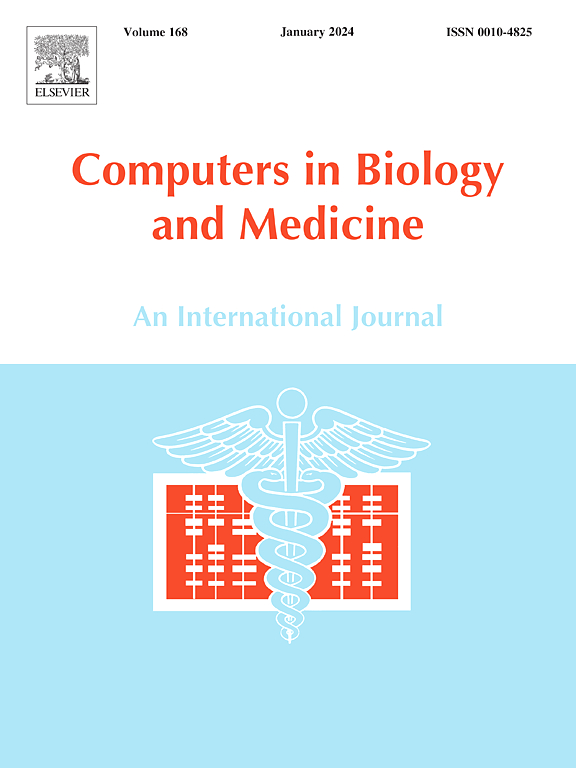Unraveling chaotic motor patterns of elite and sub-elite wrestlers in snap-down technique using multidimensional recurrence quantification analysis of muscle activity
IF 7
2区 医学
Q1 BIOLOGY
引用次数: 0
Abstract
Success in competitive sports depends on athletes' ability to consistently perform complex motor patterns, requiring both stability and adaptability. Rapid adjustments are crucial in freestyle wrestling because of unpredictable opponent actions. Previous research has noted elite wrestlers' adaptability, but traditional linear analyses miss the chaotic, nonlinear dynamics of these movements. This study used multidimensional recurrence ruantification analysis (MDRQA) to explore repeatability, stability, and adaptability in recurrent patterns of neuromuscular coordination among elite and sub-elite wrestlers. Electromyography (EMG) signals from the triceps, biceps, anterior deltoid, and latissimus dorsi in the dominant upper limb were recorded during seven successful snap-down techniques. Determinism (%DET) and laminarity (%LAM) assessed repeatability and stability, whereas the entropy of diagonal (EntL) and vertical (EntV) recurrence patterns measured the complexity and adaptability. Elite wrestlers showed significantly higher %DET and %LAM values, indicating greater motor pattern consistency. Higher EntL and EntV values demonstrate increased complexity and adaptability in neuromuscular control, suggesting the use of chaotic dynamics for optimal performance. This study highlights the importance of nonlinear approaches, such as MDRQA, in understanding athletes' motor control. These insights can inform training programs to enhance athletes' consistency, adaptability, and complexity, ultimately improving their performance in unpredictable environments.

利用肌肉活动的多维递归量化分析,揭示精英和亚精英摔跤运动员在snapdown技术中的混沌运动模式
竞技体育的成功取决于运动员持续执行复杂运动模式的能力,这需要稳定性和适应性。在自由式摔跤中,快速调整是至关重要的,因为对手的动作是不可预测的。之前的研究已经注意到了精英摔跤手的适应性,但是传统的线性分析忽略了这些动作的混乱和非线性动力学。本研究采用多维复发量化分析(MDRQA)来探讨优秀和次优秀摔跤运动员神经肌肉协调复发模式的可重复性、稳定性和适应性。在7次成功的快速收缩技术中,记录了优势上肢三头肌、二头肌、前三角肌和背阔肌的肌电图(EMG)信号。确定性(%DET)和层叠性(%LAM)评估了可重复性和稳定性,而对角线(EntL)和垂直(EntV)重复模式的熵衡量了复杂性和适应性。优秀的摔跤运动员显示出更高的%DET和%LAM值,表明更大的运动模式一致性。较高的EntL和EntV值表明神经肌肉控制的复杂性和适应性增加,表明使用混沌动力学来获得最佳性能。这项研究强调了非线性方法(如MDRQA)在理解运动员运动控制方面的重要性。这些见解可以为训练计划提供信息,以提高运动员的一致性、适应性和复杂性,最终提高他们在不可预测的环境中的表现。
本文章由计算机程序翻译,如有差异,请以英文原文为准。
求助全文
约1分钟内获得全文
求助全文
来源期刊

Computers in biology and medicine
工程技术-工程:生物医学
CiteScore
11.70
自引率
10.40%
发文量
1086
审稿时长
74 days
期刊介绍:
Computers in Biology and Medicine is an international forum for sharing groundbreaking advancements in the use of computers in bioscience and medicine. This journal serves as a medium for communicating essential research, instruction, ideas, and information regarding the rapidly evolving field of computer applications in these domains. By encouraging the exchange of knowledge, we aim to facilitate progress and innovation in the utilization of computers in biology and medicine.
 求助内容:
求助内容: 应助结果提醒方式:
应助结果提醒方式:


